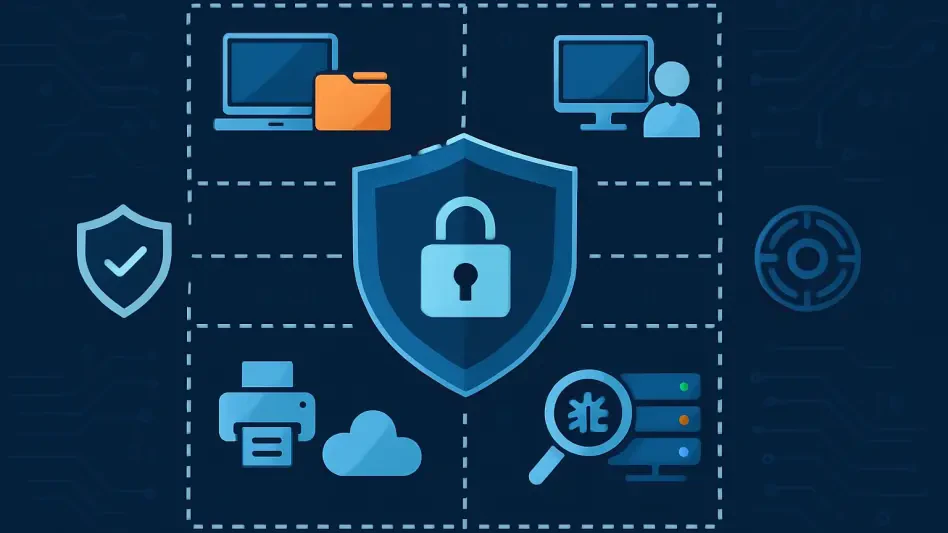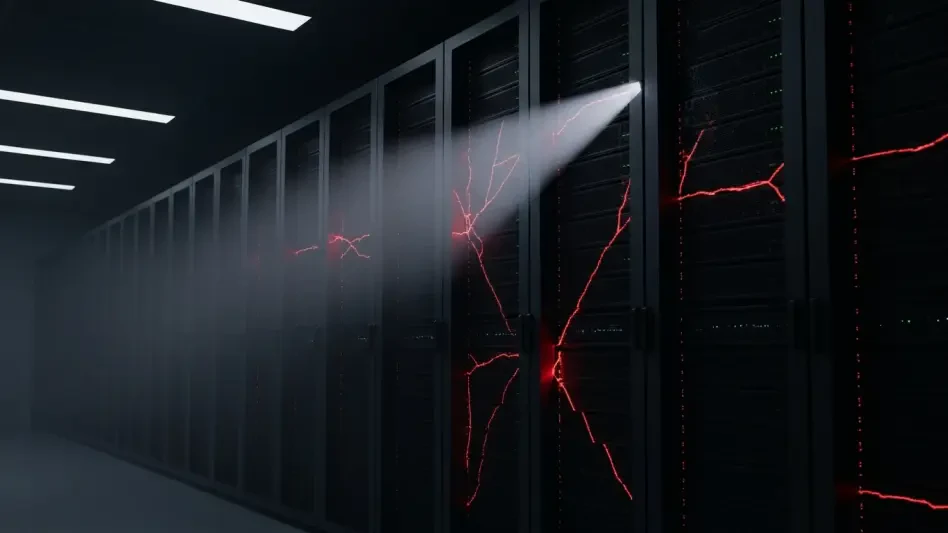In a world where cyber threats grow more sophisticated by the day, organizations face daunting challenges in securing their networks and data. Data breaches and unauthorized access are rampant, costing companies a staggering amount in losses annually. How can organizations combat this persistent menace? Enter microsegmentation, a revolutionary approach that addresses these issues by enhancing Zero Trust Architecture (ZTA) through precision and strategic isolation within networks.
The Rise of Zero Trust in Cybersecurity
Zero trust emerges as an essential framework in today’s cybersecurity landscape, urgently needed to counteract evolving threats. This paradigm shift demands that organizations verify identities and access rights consistently, irrespective of location or context. Given the prevalence of data breaches and unauthorized network access, which are detrimental to organizational reputations and finances, zero trust offers a robust defense system aiming to mitigate these risks. Its principles are now key for safeguarding sensitive information and ensuring secure operations for organizations globally.
Understanding Microsegmentation: A Fundamental Aspect of Zero Trust
Microsegmentation is a formidable component within the zero trust framework, effectively minimizing attack surfaces and hindering lateral movement across networks. By dividing networks into smaller, manageable segments, this strategy limits unauthorized access and isolates threats, ensuring they do not spread. For instance, a compromised server in one segment does not necessarily mean that others are at risk. However, implementing such solutions is not without its challenges. Organizations must overcome technical hurdles and ensure integration into existing systems to fully leverage microsegmentation’s benefits without disrupting operational continuity.
Expert Perspectives on the Value of Microsegmentation
Experts in cybersecurity underscore the strategic significance of microsegmentation as part of zero trust implementation. They argue that it offers unparalleled control over network resources by restricting access to predefined segments, thus strengthening security protocols. Case studies demonstrate successful applications where organizations have seamlessly transitioned to microsegmentation, dramatically reducing the impact of security incidents. These success stories highlight tangible improvements in defensive capabilities and operational efficiency, providing a persuasive argument for broader adoption of microsegmentation.
Strategic Implementation of Microsegmentation
Organizations aiming to transition to microsegmentation should adopt well-structured strategies to ensure success across varying environments, from cloud infrastructure to traditional on-premise setups. The process typically begins by identifying network segments that demand the highest degree of protection. Following this identification phase, robust policies must be established to govern how data and access are managed within these microsegments. Finally, organizations should employ continuous monitoring and adjustment to ensure the effectiveness of these strategies, incorporating user feedback and technological advances for sustained adaptability and resilience.
Future Steps in Cybersecurity and Zero Trust Adoption
The path toward comprehensive zero trust frameworks fortified by microsegmentation presents both opportunities and challenges. Organizations need to critically assess their current cybersecurity posture and identify areas where microsegmentation could bolster their defenses. Future considerations include leveraging advancements in AI and machine learning for dynamic policy adjustments, ensuring systems remain resilient against emerging threats. While the journey toward full zero trust adoption requires commitment and resources, the potential to significantly enhance security efficacy makes it a worthy pursuit for organizations worldwide.
The strategic implementation of microsegmentation as part of zero trust represents a significant shift in cybersecurity approaches, promising enhanced protection and operational benefits. As organizations increasingly adopt these methods, the security landscape will continue to evolve, ensuring that they remain ahead of potential cyber threats and vulnerabilities.








